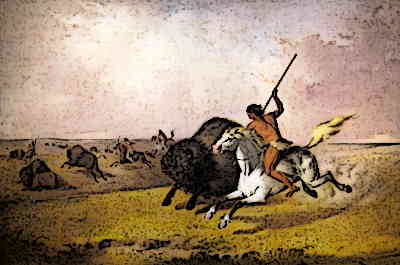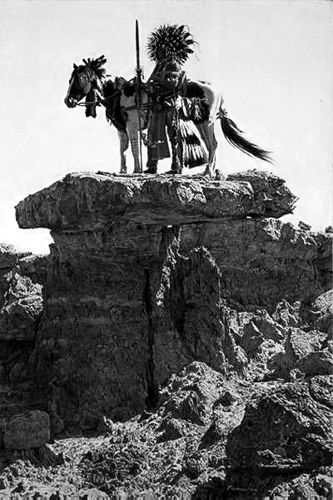


The southeastern tribes signed treaties to cede land to the colonies and moved, only to be followed by new settlers looking for new land. These efforts were more successful in the Southeast than most parts of North America indeed, five southeastern nations (the Creek, Cherokee, Choctaw, Chickasaw, and Seminole) later became known as the “Five Civilized Tribes.” Europeans viewed even the most “civilized” tribes as inferior, however, and waves of European immigrants encroached on the Native Americans’ land. With colonization came a desire to convert Native Americans to Christianity and to encourage (or force) them to adopt European cultures and traditions. Many joined with larger or stronger groups, such as the Cherokee and the Creek. These factors weakened the remaining tribes. Others were killed or enslaved by the Spanish explorers who led 16thcentury expeditions through the Southeast. The Native Americans had no immunity to smallpox or other diseases Europeans carried, and the spread of these diseases killed thousands of Indigenous people. Life for the southeastern nations, as for Native Americans throughout the Americas, changed with European exploration and colonization. For the most part, women tended the fields while men hunted, fished, and engaged in trade with one another, as well as with other groups to the north and west. The southeast Native Americans also gathered berries, nuts, wild plants, and roots from the surrounding forests. By the time of European contact, most of these Native American tribes had settled in villages of 500 people or fewer, and grew corn, beans, squash, sunflowers, greens, tobacco, and other crops. These nations included the Chickasaw (CHIK-uh-saw), Choctaw (CHAWK-taw), Creek (CREEK), Cherokee (CHAIR-oh-kee), and Seminole (SEH-min-ohl). There were more than two dozen Native American groups living in the southeast region, loosely defined as spreading from North Carolina to the Gulf of Mexico. The land along the Atlantic Coast was inhabited long before the first English settlers set foot in North America.


 0 kommentar(er)
0 kommentar(er)
